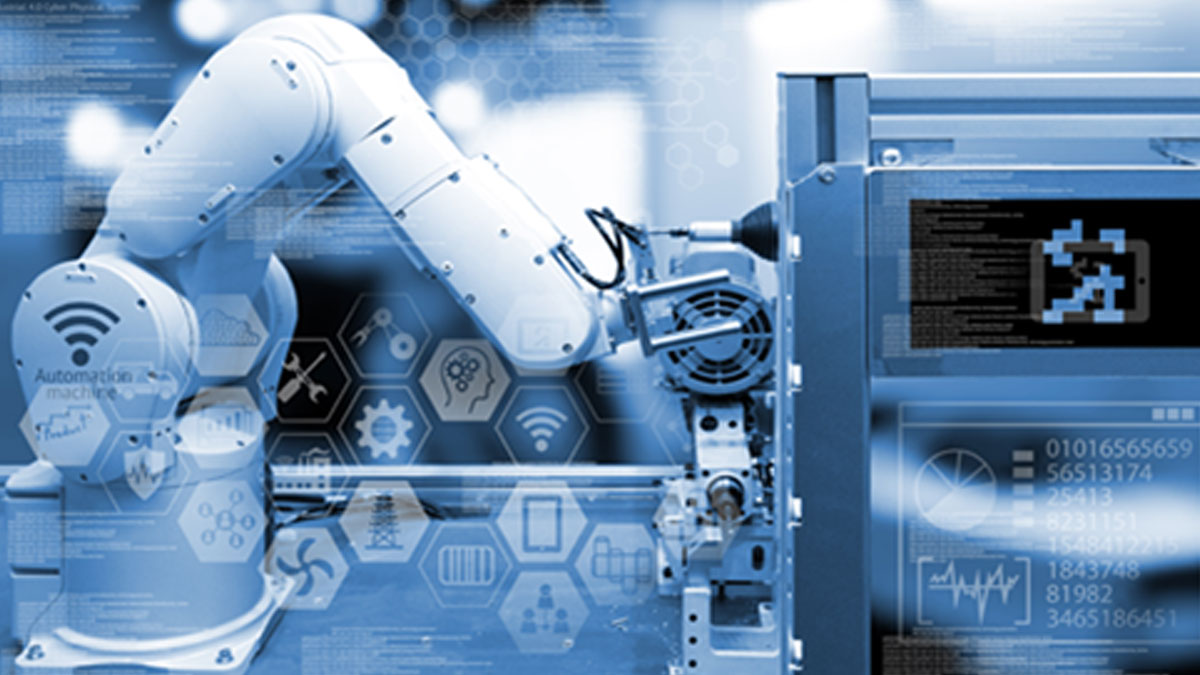Anywhere you look, automation is taking the place of workers—from grocery stores and the bank to factory floors. Autonomous vehicles might appear to be on the cusp of taking truck drivers off the road, but researchers at the Brookings Institution contend that statistics do not support that reasoning, according to their March 21 article “Automated Trucking’s Rapid Rise Overlooks the Need for Skilled Labor.”
“In addition to the numerous regulatory and logistical hurdles that automated trucks still need to clear, generalizing the skilled work undertaken by millions of truck drivers and their peers overlooks how this industry functions,” write Joseph Kane, a senior research analyst and associate fellow at Brookings, and Adie Tomer, a Brookings fellow. They suggest that the attention the technology is getting is overemphasized, while complex labor issues are being oversimplified.
First, there are a variety of truck drivers, including long-haul truckers and those that make deliveries after traversing local streets. Next, drivers’ jobs include inspecting loads, fixing equipment, monitoring deliveries and other non-driving tasks.
Kane and Tomer rely on data from the U.S. Department of Labor’s O*NET database, which includes detailed job descriptions. The database rates occupations on their degrees of automation on a scale from 0 (no automation) to 100 (total automation). The average rating for all occupations is 29.6. Tractor-trailer truck driving comes in at 22, and delivery driving rates are at 24. Compare these figures with those from other popular occupations: office clerks rate 32, cashiers are 37, and receptionists come in at 47.
Despite the automation numbers for truck-driving occupations, trucks might still hit the roads without drivers. But Kane and Tomer suggest that new, complementary jobs will accompany those driverless trucks. “While it can be difficult to predict the exact positions needed, it is possible that new types of material movers and inspectors may appear within major shipping industries, or there may even be a new form of on-call trucking repair jobs,” they write. “At the same time, local retailers, from restaurants to clothing stores, may need extra staff hours to unload trucks.”
Even now, truck drivers make up only 60 percent of the 1.5 million workers in the industry. Other jobs include truck mechanics and cargo agents, jobs that are unlikely to be automated anytime soon.
“In this way, even as automated trucks may alter the actual shipment of goods, these technologies are unlikely to supplant all of the various technical, financial, and logistical work activities in support of that movement,” Kane and Tomer write. “Rather than glossing over the potential labor impacts, policymakers, employers, educators, and others should closely monitor these developments over time and link them to relevant workforce development efforts.”
Planning for the future
Let’s take a step back from trucking specifically to consider the broader picture. Transportation management is defined in the APICS Dictionary, 15th edition, as, “The process of executing requirements for the planning, scheduling, and budgeting of transportation assets, services, and related systems of the shipping process through delivery.”
Transportation management is the area where Kane and Tomer predict continuing labor needs. Likewise, trucking itself might change, but the industry likely will still need operators. In the upcoming May/June issue of APICS magazine, Associate Editor Jennifer Storelli examines the future of distribution, including automated trucks. She highlights research and interviews that demonstrate that automated driving technology likely won’t replace human drivers altogether but instead enable them to safely take on other tasks while in the cab. Incorporating high-tech aspects could also make the profession more attractive to younger drivers, filling the industry’s talent gap.
To learn more about automated trucks, drones and hyperloops and their influences on logistics, look for the May/June issue of APICS magazine in your mailbox or online at apics.org/magazine in mid-May. To prepare yourself for the future of the profession, consider earning your APICS Certified in Logistics, Transportation and Distribution credential. Go to apics.org/cltd to learn more.

04.07.17


